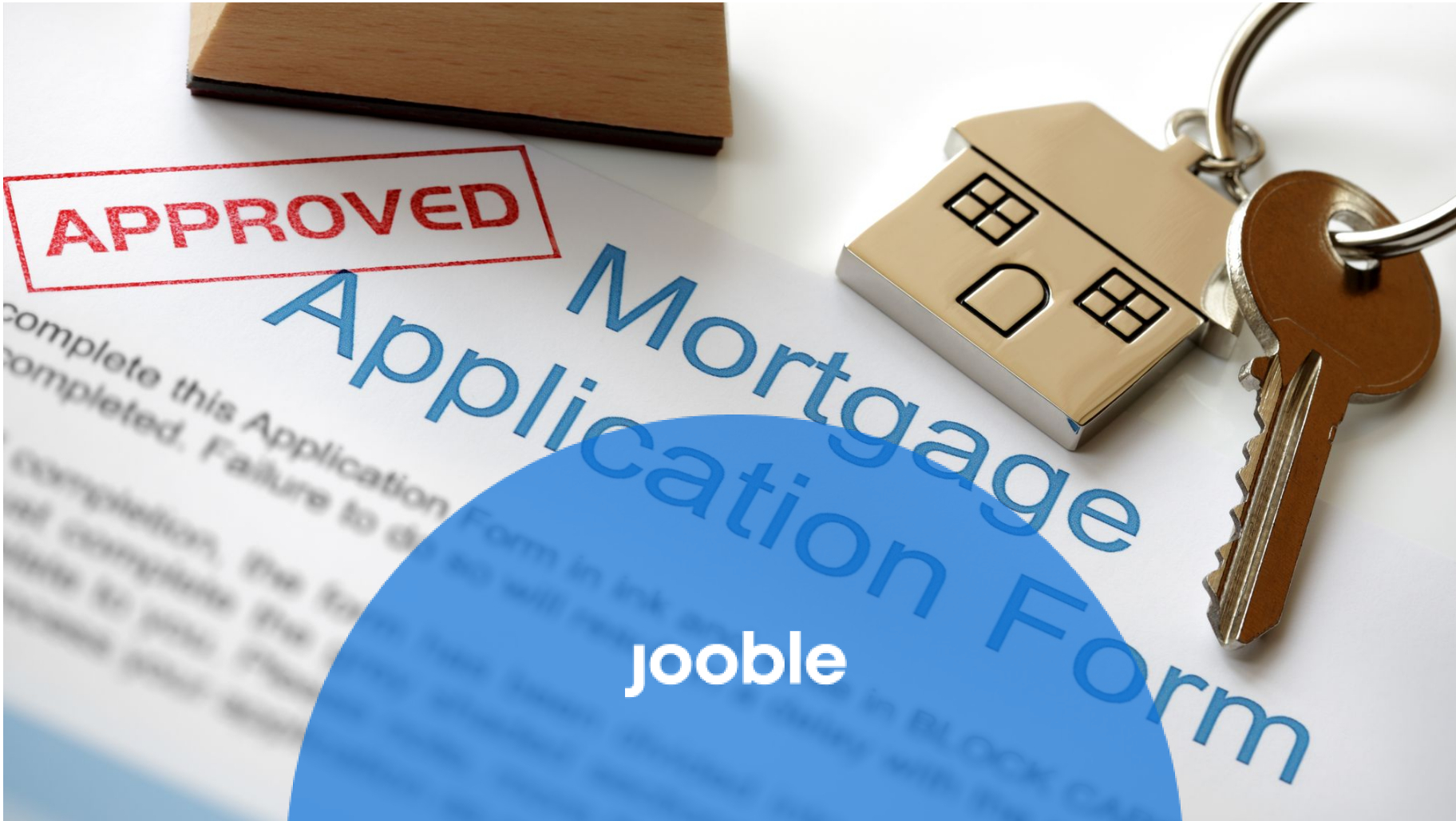The day you clear your mortgage debt can rightly be considered one of the happiest moments of a lifetime: you have your own home now. Take a few days to celebrate this accomplishment; you’ve definitely earned it! However, remember to complete some formalities. For instance, manage the house deeds. How to drop up all the necessary documents and establish property or land ownership correctly? We explain this in our article.
Table of Contents
It is noteworthy that “what happens to deeds when mortgage paid off” is a popular Google query among new householders. So, legal documents that serve as evidence of property or land ownership are called property (also title or house) deeds.
The title deeds outline all the details connected with the purchase, including the buyer and seller’s personal information, the price, and the property’s description. They can include such documents:
Title deeds should be cherished as the apple of the eye because they provide proof of ownership and establish legal rights to the property. They are also essential if planning or redevelopment permission is required, in case of disputes, or for property sales and transfers.
When you purchase a property, your solicitor registers the mortgage with the relevant government authority, the HM Land Registry. This registration makes public notice that there is a mortgage on the property and that all parties are aware of its existence, rights, and liabilities.
Your solicitor then sends this document to your mortgage lender, who will register a “charge” on your property. In such a way, they prevent any selling or remortgaging activities from happening without their consent and protect their interest as a mortgagee.
Suppose you decide to sell the property before your mortgage redemption. In that case, your solicitor will clear the mortgage’s remaining balance and arrange the transfer of the title deeds to the solicitor and buyer’s mortgage lender.
After the final mortgage payment, the provider is no longer entitled to keep the title deeds. They should be transferred to you, the owner. However, you may also be required to settle a final fee with the mortgage lender. This is to cover administrative costs associated with the return of your deeds. Normally, the terms are stated in your mortgage agreement.
The original title deeds are stored by either your solicitor or your mortgage company. Starting from 2003, the deeds are held electronically, there are no more paper documents. You can request a copy of your title deeds on the Land Registry website for a small fee.
Provided that the title deeds were held by the mortgage lender when they were damaged or misplaced, specific documents that confirm the applicant’s ownership must be provided. The list includes:
It’s crucial to provide a detailed account of what happened. The account must either demonstrate that the mortgage is still active or provide comprehensive information about its repayment. This is to ensure that all parties clearly understand the current mortgage status and the property ownership.
In this scenario, the borrower pays only the interest on the loan during the mortgage term. After this period, they start paying the original loan amount, also known as the capital, to the lender. The financial charge on the property remains recorded on the deeds until the debt is settled in full.
The motive behind doing it is as clear as day. However, alongside relief, one will encounter early exit fees or penalties. When a mortgage is paid off beforehand, mortgage lenders lose interest. By charging early exit penalties or fees, they can compensate for these losses. Unfortunately, the early redemption fee is so high at times that it outweighs the advantages of becoming mortgage-free early.
As soon as your final payment is made, make sure that the fact of your mortgage repayment is officially recorded. Usually, your mortgage provider will contact you first. Otherwise, don’t hesitate to contact them and request confirmation yourself. It includes a copy of your title deeds and a closing statement letter from your mortgage lender that you’re done with your mortgage payments.
Your solicitor or mortgage provider should inform the HM Land Registry that your mortgage has been paid off (through the DS1 application form). After that, you need to fill out the DS2 application form that cancels entries relating to a registered charge. If everything is done correctly, your mortgage gets removed from the register. There might be an “account fee” or “exit fee” for any deferrals in your mortgage term or to complete necessary admin work.
Besides that, remember to:
